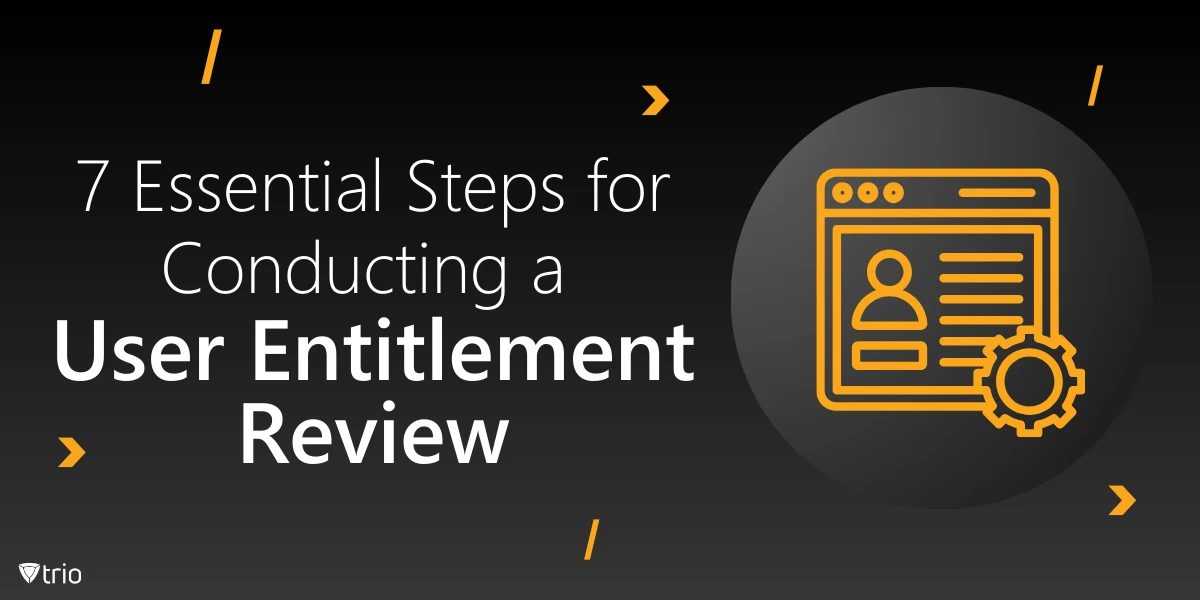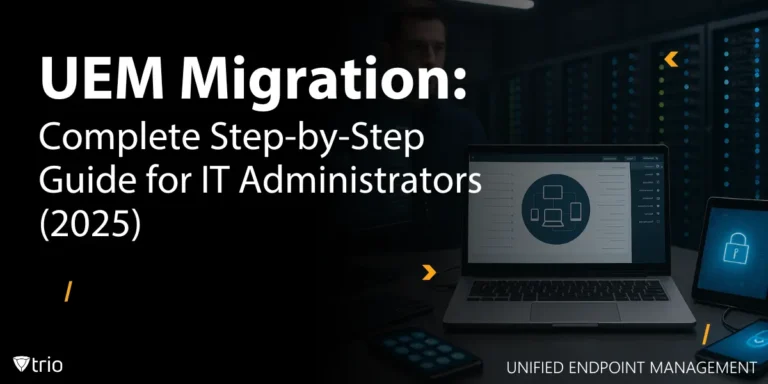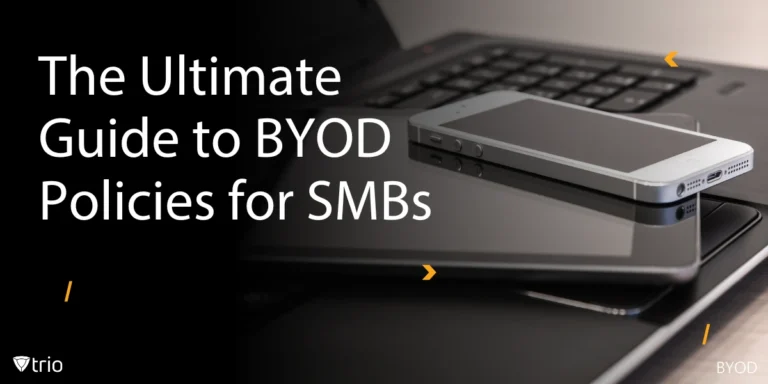When users have access and permissions that don’t align with their role in the company, it poses significant risks to data security. For instance, according to Varonis, over 64% of financial service companies have more than 1,000 sensitive files accessible to all employees. This is problematic because unrestricted access to sensitive files increases the risk of data breaches, misuse, and unauthorized data exposure within the company.
So regular user entitlement reviews mean utilizing employee management and understanding user access to maintain system integrity. Knowing how to perform user access reviews is essential for keeping your organization secure. Frequent reviews help reduce the risk of unauthorized access and keep your data safe. This way, you’re minimizing the risk of a security breach. This not only enhances security and compliance but also protects your organization’s sensitive information.
Step 1: Understand the Scope of Your Review
First things first, let's identify what needs your attention. An example user entitlement review should outline all the systems, applications, and users involved. A solid user access review process ensures you don't miss any critical reviews of users who might have outdated permissions.
Now, let's talk about timing. Defining how often you conduct these checks is crucial. Regular user access reviews help you stay on top of changes in your organization. Establishing a consistent schedule means also you'll catch potential risks before they become big problems.
Step 2: Gather Accurate User Data
Accurate data is the backbone of any successful review. Gather information on every user account, their level of access, and roles and responsibilities. You need a clear picture of the whole affair of access provisioning so you can spot any discrepancies or unusual access rights that might pose a risk to your company.
Leverage user access review tools to speed up the process and reduce errors. These tools help automate user access reviews and keep track of changes in real time. For example, a user might receive excessive permissions during the automated onboarding process, and without automated review tools, this oversight could go unnoticed.

Step 3: Identify and Classify User Access
For a smoother operation, organize users based on their job roles or departments. This helps you quickly identify privileged accounts and ensure privileged users are clearly classified. Grouping users by role makes it easier to spot who has what access, preventing any confusion or gaps in your review process.
Different roles have different access needs. Misclassification can lead to excessive privileges, which are a security risk waiting to happen. Keeping access tightly aligned with responsibilities ensures that users only have the access they truly need—nothing more, nothing less.
Step 4: Compare Access With User Roles and Responsibilities
Your goal is to ensure access permissions align perfectly with current responsibilities. Effective user access management means taking a closer look to manage user access as roles evolve within the company. Regularly reviewing access keeps your onboarding and offboarding processes smooth and secure.
Spot outdated or unnecessary access? Take immediate action to revoke accesses. This is an essential part of the access management process, as lingering permissions can create security risks conducive to data breaches. Addressing these discrepancies promptly will maintain a safe and efficient access environment.
Step 5: Engage Stakeholders for Review and Validation
Involve supervisors who have an in-depth understanding of their team’s roles and responsibilities. Their engagement helps ensure that access is accurately aligned with each role's requirements, and, consequently, the needs of the company. These managers are your go-to for confirming that permissions make sense and don’t create any unnecessary security gaps.
Establish a clear process to gain stakeholder approval for any adjustments. This is key to ensuring compliance and maintaining solid access governance. Regularly validating and modifying access based on feedback helps keep everything secure, up-to-date, and compliant with company policies.

Step 6: Adjust Access and Permissions
Adjust access by removing, updating, or adding permissions according to your understanding of each role's specific needs. This keeps access streamlined and reduces unnecessary exposure to sensitive data, ultimately lowering security risks.
Every change made needs to be recorded. Documenting these modifications is critical for maintaining transparency and can be invaluable in preventing a potential security breach. A clear audit trail not only supports compliance but also helps you quickly trace back any issues that arise.
Step 7: Establish an Ongoing Review Process
Set up periodic checks to keep access fresh and secure. One of the top user access review best practices is to integrate these reviews into your regular workflows to ensure no gaps go unnoticed and your system stays resilient against emerging threats.
Establish clear policies and procedures for regular user access reviews. You should define the frequency, scope, and steps for each review. A structured approach guarantees consistency, making your access management more efficient and easier to follow across the organization.
Enhance Your User Entitlement Reviews With Trio
Mobile Device Management (MDM) is key to ensuring secure and efficient user entitlement reviews. By monitoring and controlling user access across all devices, MDM helps align permissions with roles, reducing the risk of unauthorized access. Trio's MDM solution simplifies this process, providing a streamlined way to review and manage user access while enhancing data security and compliance across your organization.
Trio's features allow for automated user access reviews, quick adjustments to permissions, and real-time monitoring, making it easier to protect sensitive information. With a user-friendly interface and robust capabilities, Trio ensures your access management is efficient and secure. Experience these benefits firsthand—try Trio’s free demo today to elevate your user access security.
Conclusion: Keep Security at the Forefront
Regular reviews are your frontline defense to reduce the risk and safeguard your organization’s data. By following these steps, you’re minimizing the risk of unauthorized access and breaches. Incorporating these practices to manage user access ensures strong security and compliance, keeping your organization’s data secure and resilient.
Get Ahead of the Curve
Every organization today needs a solution to automate time-consuming tasks and strengthen security.
Without the right tools, manual processes drain resources and leave gaps in protection. Trio MDM is designed to solve this problem, automating key tasks, boosting security, and ensuring compliance with ease.
Don't let inefficiencies hold you back. Learn how Trio MDM can revolutionize your IT operations or request a free trial today!





